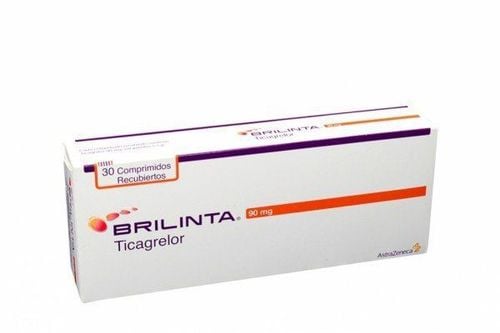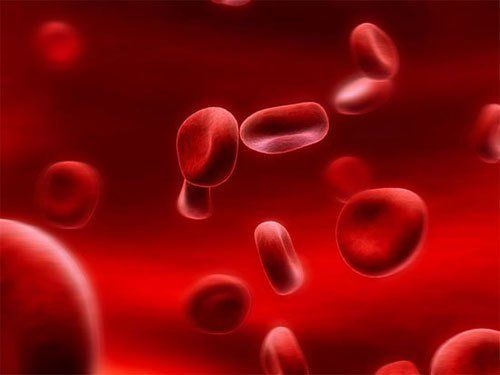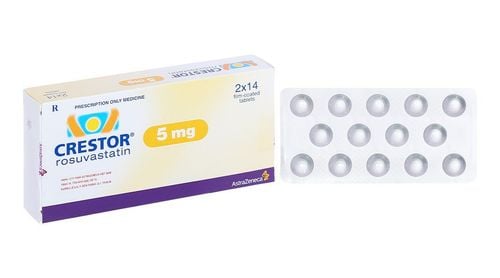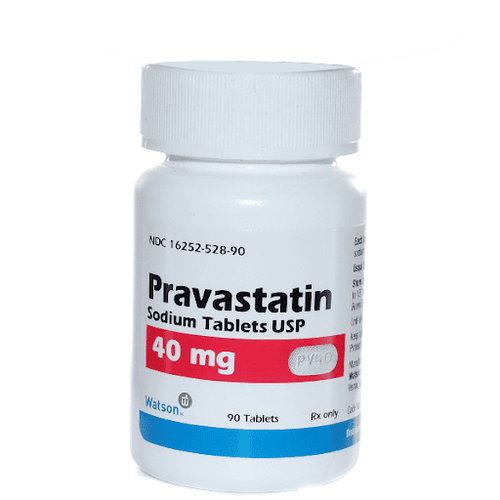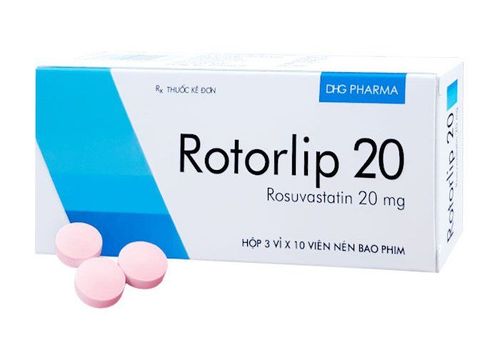This is an automatically translated article.
The article was professionally consulted by Specialist Doctor II Nguyen Quoc Viet - Department of Medical Examination & Internal Medicine - Vinmec Danang International General Hospital. The doctor has more than 20 years of experience in the examination and treatment of cardiovascular diseases and Interventional Cardiology.1. Dyslipidemia is a risk factor for heart disease
Dyslipidemia is very common and is one of the important but modifiable risk factors for cardiovascular disease. Total cholesterol includes many forms of cholesterol, the two most important of which are high-molecular-weight cholesterol (HDL-C) and low-molecular-weight cholesterol (LDL-C). Elevated LDL-C levels are a major risk factor for cardiovascular disease. In contrast, an increase in HDL-C has a protective role, when the level of HDL-C in the blood is low, the risk of cardiovascular disease is higher.Dyslipidemia is often accompanied by other cardiovascular risks such as diabetes, hypertension ... The assessment of blood lipid concentrations is very important, should be done regularly at the later age. 40. A reasonable diet, regular exercise, medication to treat dyslipidemia (if necessary) and good control of other risk factors are effective measures to prevent cardiovascular events. .
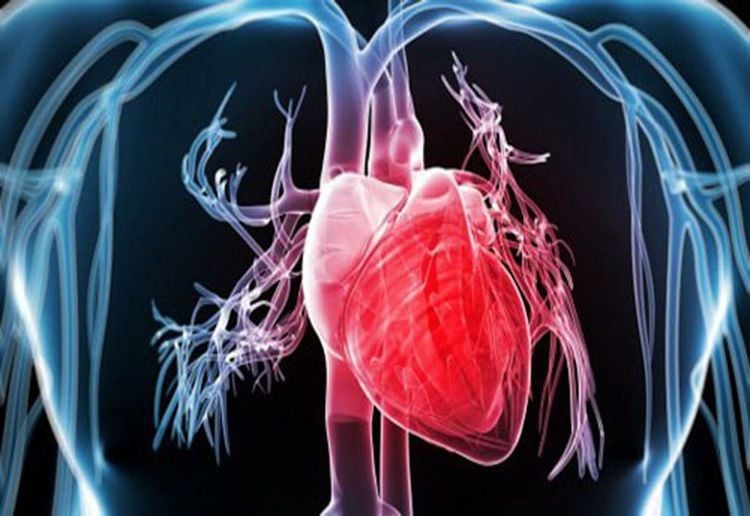
2. Is dyslipidemia dangerous?
The nature of cholesterol is not bad, because it is an important substance present in many organs and parts of the body as well as in hormones, helping the body to develop and function normally and healthy.There are two main types of cholesterol, the “good” type (HDL-C) and the “bad” type (LDL-C). If the bad type increases much or there is an imbalance between the two types, this is the risk of cardiovascular diseases (coronary artery disease, cerebrovascular accident, myocardial infarction). Often, many cardiovascular risk factors will go together and promote each other, increasing the risk of cardiovascular disease many times. When too much LDL-C circulates in the blood, it will deposit on the walls of blood vessels and form plaque, causing the lumen to narrow or completely block. The dangerous problem is that plaque is very common in the arteries that nourish important organs of the body such as coronary arteries (feeding the heart) and cerebral arteries.
Cracked atherosclerotic plaque will cause local blood clots, which can lead to sudden occlusion of blood vessels, leading to dangerous acute events such as: myocardial infarction, cerebrovascular accident...
Cholesterol It comes from two sources: synthesized by the body and from food. Sources from the body (synthesized from the liver and other organs) account for about 75% of the total cholesterol in the blood, the rest from food sources. Currently, cholesterol is found only in foods of animal origin.

3. Cardiovascular risk classification of patients with dyslipidemia
3.1 Very High Risk Patients with any of the following:Clinically or clearly established cardiovascular disease. Clinically confirmed heart disease: history of myocardial infarction, acute coronary syndromes, coronary revascularization (PCI, CABG) and other revascularization procedures, stroke, transient ischemic attack peripheral artery disease. Cardiac disease has been clearly identified on imaging as a condition that strongly promotes significant events such as atherosclerotic plaque on coronary angiography or carotid echocardiography. Diabetes with target organ damage (proteinuria) or another major risk factor such as smoking, hypertension, or dyslipidemia. Severe chronic kidney disease (GFR <30 mL/min/1.73 m2) SCORE score ≥ 10% (10-year cardiovascular mortality risk). 3.2 High risk Subjects with:
A significantly increased risk factor, particularly cholesterol > 8mmol/L (>310 mg/dL) (such as familial hypercholesterolemia) or blood pressure ≥ 180/110 mmHg . Most patients with diabetes (some young patients with type 1 diabetes may be at low or moderate risk). Moderate CKD (GFR 30-59 mL/min/1.73 m2) SCORE score ≥ 5% and < 10% for 10-year risk of cardiovascular death. 3.3 Mean risk SCORE scores ≥ 1% and < 5% for 10-year risk of dying from cardiovascular disease. 3.4 Low risk SCORE score < 1% for 10-year risk of cardiovascular death.
Please dial HOTLINE for more information or register for an appointment HERE. Download MyVinmec app to make appointments faster and to manage your bookings easily.





